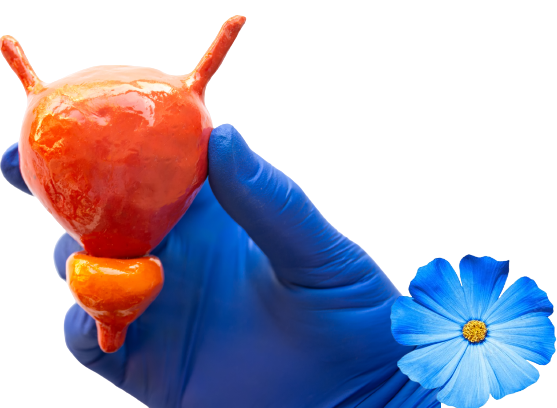ABOUT PROSTATE
What is prostate?
The prostate gland is an integral part of the reproductive system in the male body. While small, it still forms as the most significant accessory gland that is part of a man’s reproductive system.
The prostate is surrounded by a capsule of connective tissue containing many smooth muscle fibers and surrounds the urethra just beneath the bladder. In a healthy man, the prostate is the size of a walnut.
Recognition of the prostate gland anatomy is a crucial part of a better understanding of how the gland functions. This also gives a man the ability to understand how specific problems with the prostate can lead to complications.
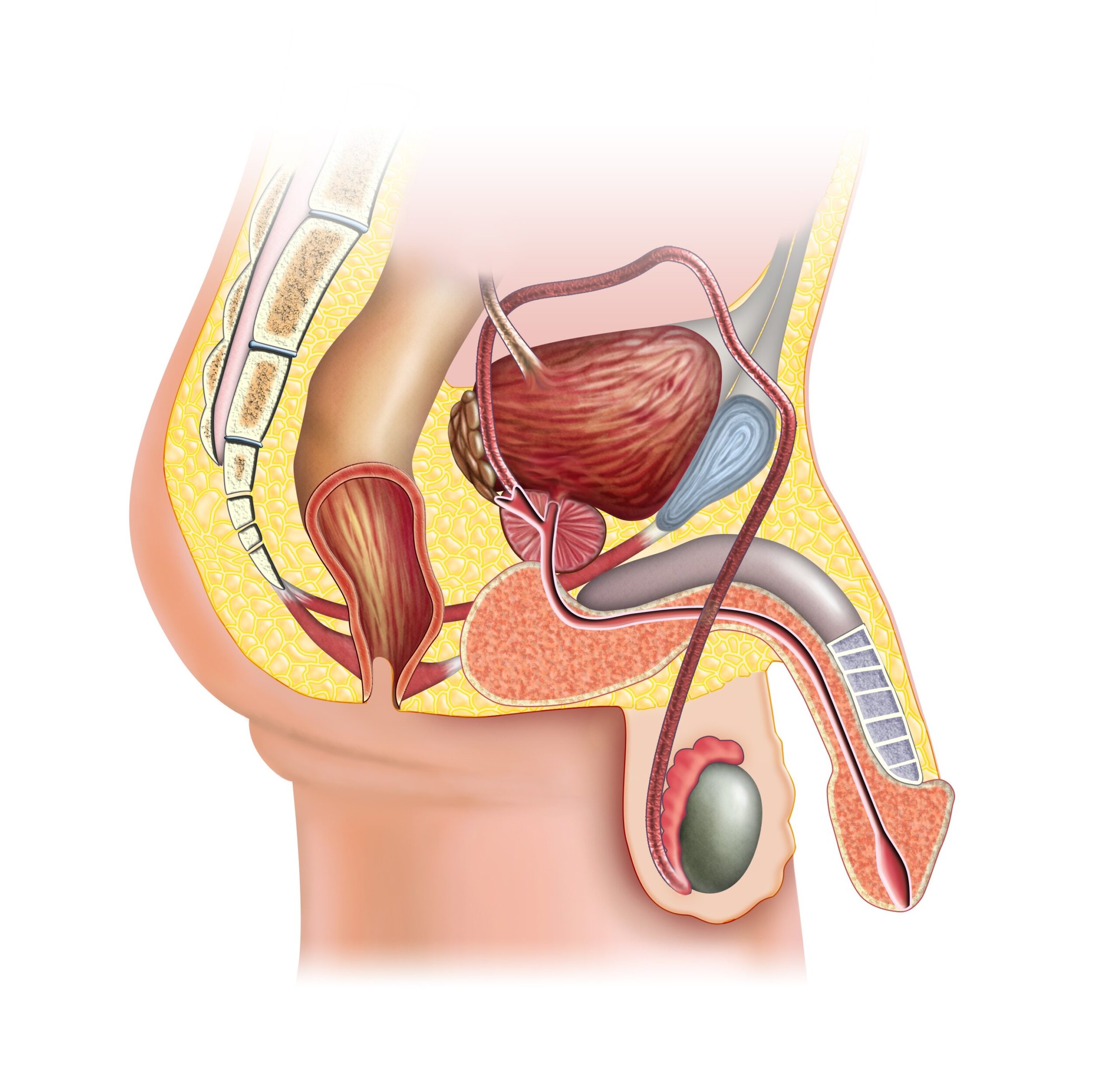
Where is Prostate?
The location of the prostate gland is important. The prostate gland is situated in the pelvis area, along with the other primary parts that make up the male reproductive system. The gland is located just below the neck of the male’s bladder.
It surrounds the urethra that comes out of the bladder neck. Nerve supply to the prostate is derived from the prostatic plexus and arterial supply by the branches of the internal iliac artery. This is why the patient’s urine abilities may change when problems develop with their prostate gland. There are also urinary tract symptoms that tend to develop when the prostate gland becomes enlarged, for example.
This is because the prostate gland’s tissue sits around the urethra. An enlargement can cause a constriction effect in the urethra. This may also cause the prostate gland to push against the bladder’s neck.
Prostate anatomy
The prostate gland is one of the male accessory sex glands. The other accessory sex glands are paired seminal vesicles and paired bulbourethral glands. The prostate gland is a pyramid-shaped organ with apex (contact to the urethra and directed downward) and basis (contact to the bladder and directed upward).
The prostate lies below the urinary bladder and is located in front of the rectum. The prostate weighs about 30 g (3 cm long, 4 cm wide, 2 cm thick) and its surface is covered with tissue. There are considerable prostate size variations. The seminal vesicles are located at the base of the prostate.
The prostatic urethra runs through the prostate gland, dividing the prostate into a left and right lateral lobe. If the prostate is enlarged, it squeezes the urethra more tightly and puts pressure on the bladder, which are the most common causes of difficulty urinating. The prostate consists of about 30 glands with single ducts, which empty into the prostatic urethra.
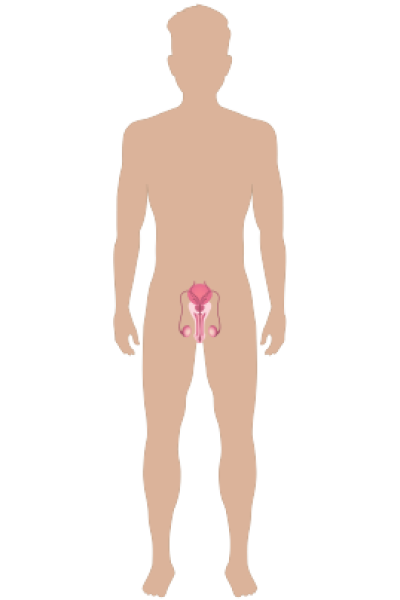
How does prostate work?
The main function of the gland is to produce prostate fluids. This is a fluid that combines with semen during ejaculation. The prostate fluid helps to balance the acidity level of semen. Once combined with semen, it creates a substance called sperm. This is what is expelled from the penis when a man ejaculates.
During ejaculation, millions of sperm move from the testes through tubes called the vas deferens into the area of the prostate. At this point, the prostate contracts, closing off the opening between the bladder and the urethra, releasing fluid into the urethra and pushing semen on through.
The prostate fluid contains citric acid and zinc, along with certain enzymes. About one-third of sperm consists of prostate fluid (the rest is sperm from the testicles and fluid from the seminal vesicles). The nutrients and enzymes found in prostate fluid help to nourish and protect semen. One component of prostate fluid an enzyme called Prostate Specific Antigen (PSA) also aids in the success of sperm by liquefying semen that has thickened after ejaculation. This thinning action allows sperm to swim more freely.
When there are pathological changes in the prostate, the PSA level increases. PSA is easily quantified in the blood and therefore plays an important role in the diagnosis of benign prostatic hyperplasia or prostate cancer. This ensures the semen can survive the acidic environment it will be exposed to in a woman’s vagina. Unfortunately, while the prostate is in a great location for delivering this important fluid and squeezing things along when the time is right, its position around the urethra can be a liability if the gland swells or grows. A swollen prostate compresses the urethra and irritates the walls of the bladder, interfering with normal urination.
Prostate growth
The prostate is initially about the size of a walnut and is an organ that gradually grows throughout life. Prostate enlargement occurs with increasing age in almost all men. An enlarged prostate is called benign prostatic hyperplasia (BPH). The first mild symptoms of an enlarged prostate can appear in men in their forties, with increasing age, the intensity of the complications increases, and the so-called urinary retention can gradually occur, when a man cannot urinate due to significant compression of the urethra.
Using the pathological definition, the prevalence of BPH is age dependent: starting with the age of 35, the prevalence increases each decade by 15%. Benign prostatic hyperplasia affects almost every second man over fifty and nearly 100% of 90 year old men.

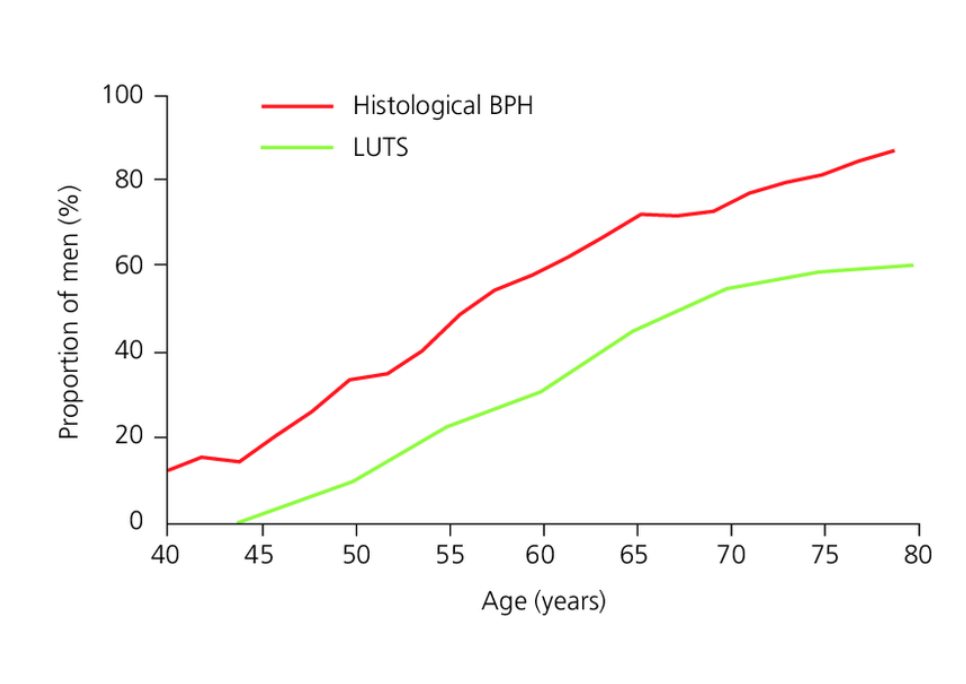
By far, the greatest risk factor for benign prostatic hyperplasia (BPH), or enlarged prostate, is age. However, prostatitis, a sedentary lifestyle, obesity, high blood pressure and diabetes have all been associated with the condition. And researchers have found correlations between BPH and a diet high in sugar, red meat and refined grains.
Gradually, residual urine in the bladder increases, its capacity increases and it loses its ability to empty itself. The increasing pressure in the bladder can subsequently be transmitted through the ureters to the drainage systems of the kidneys and significantly impair their functions. In addition to the difficulties described above, insufficient bladder emptying increases the risk of urinary tract infections.
Prostate related issues
Most men who live into old age will develop some form of prostate problem, although symptoms can range from mild inconvenience, like having to get up during the night to urinate, to invasive cancers that can cause debilitating changes or even death. Between 9% and 16% of men develop prostatitis (inflamed prostate) at some point during their lives.
Unlike other prostate problems, prostatitis affects younger and older men equally. Men suffering from depression, anxiety and stress may struggle more with prostatitis symptoms, and men with other chronic pain conditions may be more susceptible. Prostatitis is not contagious. Benign prostatic hyperplasia (BHP),or an overgrown prostate, is extremely common in older men. Although the majority of men with the condition (50-60%) never develop symptoms.
